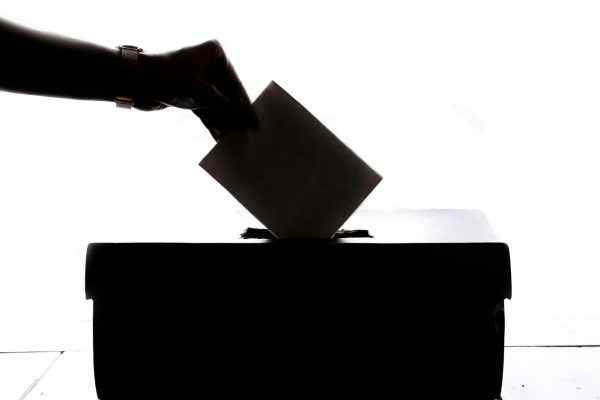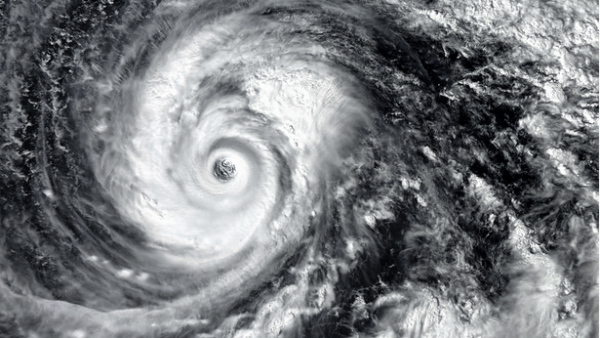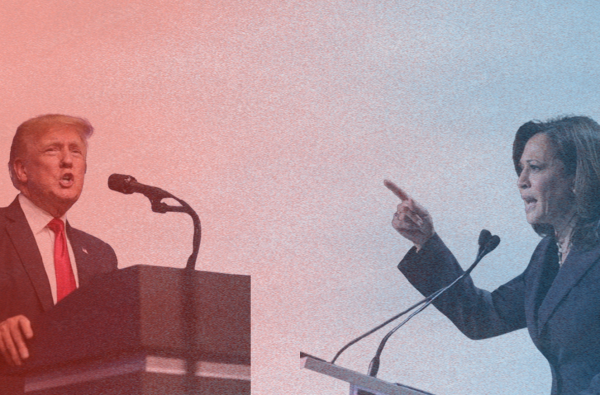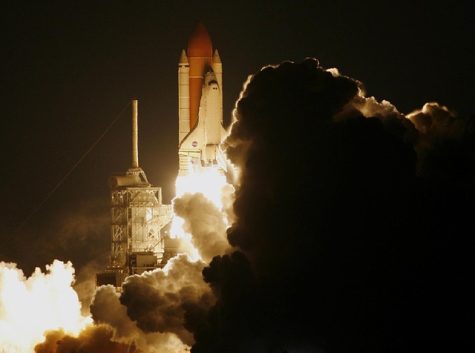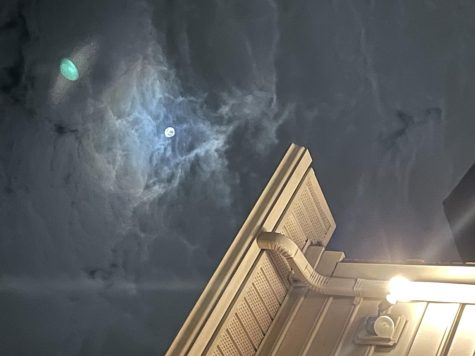NASA Astronaut Chris Cassidy and Russian Crewmates safely return to Earth during a global pandemic
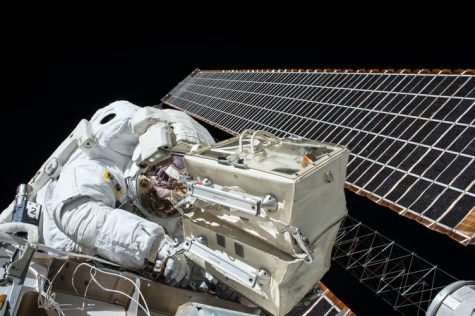
After 196 days of operating within Earth’s orbit beyond the International Space Station, NASA astronaut Chris Cassidy returned from his third space commission. Alongside Cassidy’s arrival were cosmonauts Anatoly Ivanishin and Ivan Vagner of the Russian space agency Roscosmos on Wednesday, October 21. The crew completed 3,136 orbits around the Earth, resulting in traveling 83 million miles in entirety.
The three expeditors launched mere weeks after the World Health Organization proclaimed Covid-19 as an official pandemic, identifying them as the first crew to deviate to space supporting these circumstances. The Soyuz spacecraft, carrying the astronauts into space, delayed the security of its gateway to 4:24 p.m. EDT on Wednesday, October 21. Due to the occurrence of a camera difficulty, live observation of the hatch closure was unavailable to NASA as well as Roscosmos.
Departing the station at 7:32 p.m. EDT, the crew landed southeast of the secluded town of Dzhezkazgan, Kazakhstan, at 10:54 p.m. EDT. Furthermore, helicopters transported each crew member to individually endure preliminary restorative examinations at the arrival site in Karaganda, Kazakhstan. Cassidy embarked on a NASA plane to return to Houston, while Ivanishin and Vagner flew home to Star City, Russia on a Gagarin Cosmonaut Training Center aircraft.
The NASA astronaut and Russian cosmonauts collaboratively executed hundreds of scientific experiments during the time implemented at the station. One of Cassidy’s studies engaged in the influence of gravity advancing electrolytic gas evolution. According to NASA, investigating this topic could potentially enhance medicine performance through the production of miniature, bandage-like surface patches. He further operated on unconstrained, cube-designed robots known as Astrobee to provide astronaut assistants in the future. Additionally, Cassidy directed an analysis concerning the Onco-Selectors experiment, a study conducted to recognize intended cancer procedures by maintaining microgravity.
A glimpse into the future of NASA
During the recent excursion, Cassidy performed as the Expedition 63 mission commander and embraced NASA’s SpaceX Demo-2 associates, Robert Behnken, as well as Douglas Hurley. They were established as the initial astronauts to launch to the space station utilizing an American spacecraft. The three explorers proceeded to accomplish this on United States terrain following the retirement of the space shuttle program in 2011.
Veteran spacewalkers, Cassidy and Behnken, achieved four spacewalks in order to upgrade deteriorating batteries on the exterior of the space station during June and July. This resulted in the final spacewalk to approach the tenth for both astronauts, equivalent to NASA’s Peggy Whitson and Michael Lopez-Alegria for the maximum American spacewalks completed. Currently, Cassidy has been acknowledged as the fifth-highest United States astronaut to spend a specific amount of time in space, calculating 378 days.
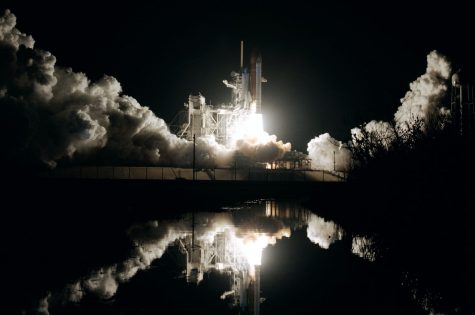
As Cassidy, Ivanishin, and Vagner diverged from the station, Expedition 64 officially commenced, featuring Roscosmos cosmonaut Sergey Ryzhikov to sustain the role of the current space station commander. The departing expeditors declared farewell towards NASA astronaut Kate Rubins and Roscosmos Sergey Kud-Sverchkov as well, obliging as flight engineers for the subsequent mission. Rubins is determined to board the space station individually following Cassidy’s departure until the arrival of the SpaceX Crew-1 commission.
Scheduled to propel in November, Crew-1 will consist of NASA astronauts Michael Hopkins, Victor Glover, and Shannon Walker, alongside Soichi Noguchi of the Japanese Aerospace Exploration Agency. This crew of seven will conduct the first long-duration mission flight as a component of NASA’s Commercial Crew Program. Anticipated to return to Earth in spring 2021, the space explorers will document America’s ability to proceed to launch astronauts originating from the United States domain.
My name is Rania Shah, and this is my second year at Oakton High School as a sophomore. I am currently a member of the Editorial Board and have been a...



